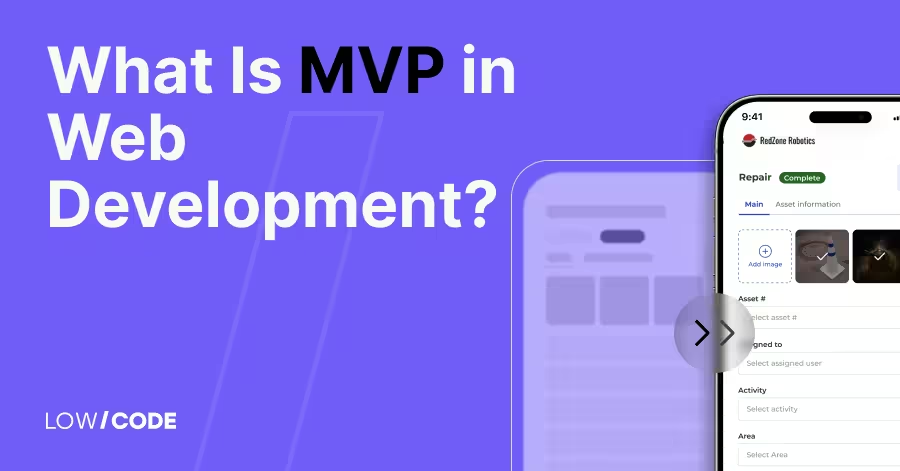11 Minimum Viable Product Alternatives
11 min
read
Discover smart alternatives to MVP like MLP, SLC, and MMP. Learn what to build and when to build it to reduce risk and launch products users love
Why Look Beyond the MVP?
The Minimum Viable Product (MVP) is one of the most popular ways for founders to test an idea. It allows you to launch quickly, get feedback, and avoid building features no one needs. But an MVP is not always the only or best option. Depending on your stage, product type, and target audience, there are different alternatives that might suit your situation better.
This guide is meant to help founders understand all the possible approaches beyond the MVP. Some methods are faster, cheaper, and more lightweight, while others are more polished and user-friendly.
Think of them as tools in your startup toolbox. Instead of replacing the MVP, these alternatives complement it, giving you flexible options to validate ideas in the most effective way.
Popular Alternatives to MVP
Founders have multiple approaches beyond the MVP to test ideas, attract users, and refine products. Here are some of the most effective alternatives.
Minimum Lovable Product (MLP)
A Minimum Lovable Product (MLP) is designed to create emotional appeal rather than just functionality. It is best suited for consumer-facing apps where design, ease of use, and experience matter as much as core features. Instead of focusing only on “working,” an MLP focuses on being delightful, engaging, and memorable.
For example, a wellness app might include smooth onboarding, beautiful design, and a calming interface alongside basic functionality. The goal is to win hearts, not just test demand.
By making the first version lovable, you improve user retention and encourage early adopters to become advocates for your product.
Read more | Healthcare MVP guide
Minimum Marketable Product (MMP)
A Minimum Marketable Product (MMP) is built not only to validate but also to sell. It balances testing with early monetization, making it useful for businesses that want to prove revenue potential.
Unlike an MVP, which may feel rough or incomplete, an MMP includes enough polish and reliability to charge users from the start.
For example, a SaaS app might launch with limited features but still provide a clear value users are willing to pay for. This approach helps validate not just the idea, but also the pricing and revenue model, giving founders confidence about long-term sustainability.
Read more | How to choose MVP features
Simple, Lovable, Complete (SLC)
The Simple, Lovable, Complete (SLC) approach focuses on delivering a small but fully usable version of the product. It is especially helpful in markets where incomplete or buggy features can hurt adoption. Instead of shipping a half-finished solution, you provide a finished slice that solves one problem very well.
For example, a project management tool might launch only with task creation and team collaboration, but ensure those functions are complete and delightful. This method is great for making a strong first impression and building trust with users while keeping scope narrow and focused.
Read more | Mobile app MVP development guide
SMURFS (Specifically Marketable, Useful, Releasable Feature Set)
SMURFS is a practical approach that encourages releasing a focused set of features that are marketable, useful, and ready to deploy immediately. Instead of overwhelming users with half-built functionality, you provide a small feature set they can adopt and benefit from right away.
For instance, an e-commerce startup might launch only with product listings and checkout, leaving advanced filters or loyalty programs for later. SMURFS helps teams avoid scope creep and ensures early releases deliver tangible value.
It is particularly effective in agile environments where quick, incremental releases build momentum and validate assumptions continuously.
Read more | MVP case studies
Extended MVP Models
Beyond the common MVP alternatives, several extended models exist to suit specific validation needs. These are especially useful when your goal is not only to test functionality but also to explore marketing, data, or user experience factors.
Other Variants to Fit Special Needs
- MVO (Minimum Viable Offer)
This model is used to validate market demand before building the product. It can be a landing page, an ad campaign, or even a mockup that tests whether people are willing to sign up, pre-order, or click. It is often the cheapest way to test if your value proposition resonates. - MVD (Minimum Viable Data)
Perfect for data-driven products, MVD focuses on collecting and analyzing the minimum data needed to prove value. For example, testing whether users will input enough data to make an AI model useful. It ensures that your app has the right foundation before scaling. - MVE (Minimum Viable Experiment)
This approach is about running small, research-driven tests to validate hypotheses. Instead of building a product, you test assumptions through controlled experiments. It is ideal for startups exploring new technologies or business models. - MVJ (Minimum Viable Journey)
MVJ focuses on testing the end-to-end user experience rather than features. The goal is to see if users can complete the full journey seamlessly. For example, testing sign-up to checkout in an e-commerce MVP. This helps refine usability before scaling.
These models allow founders to choose the best validation path for their product’s unique needs.
Read more | MVP development challenges and mistakes
Process-Driven Alternatives
Some MVP alternatives are more about process than product. These methods focus on how you approach testing, iteration, and delivery, helping teams adapt faster while reducing waste.
Lean Startup and Prototyping
The Lean Startup approach emphasizes testing ideas quickly before investing in full builds. Instead of coding, you use sketches, clickable prototypes, or mockups to validate assumptions with real users.
This is especially effective for idea-stage founders who want to gather feedback without heavy costs. Prototyping helps visualize workflows, refine user journeys, and spot usability issues early.
By testing small, you avoid big mistakes later. Lean Startup and prototyping are best when the goal is to learn fast and adjust before committing to actual development.
Read more | Bubble MVP app development
Release Early, Release Often (RERO)
RERO is a process focused on continuous delivery and frequent iterations. It works especially well for SaaS products or software where fast updates and quick responses to user needs are critical.
By releasing small improvements regularly, you build trust with users who see steady progress. This also ensures bugs or missteps are caught early instead of compounding.
The key is treating every release as an opportunity to learn, not just to deliver. RERO is best for products where engagement and adoption depend on constant refinement.
Read more | SaaS MVP development guide
Disciplined Agile Delivery (DAD)
Disciplined Agile Delivery (DAD) combines the speed of agile with governance and structure needed for scaling teams. It provides a framework that covers not just development, but also architecture, quality assurance, and deployment.
This makes it suitable for organizations moving beyond early prototypes into growth and expansion. DAD ensures projects remain adaptable while still following consistent practices that reduce risk.
It works well for larger teams or enterprises that want the flexibility of agile but also need oversight to align with business goals, compliance, and long-term planning.
Read more | Startup MVP development guide
When Should You Choose an MVP vs an Alternative?
Deciding between an MVP and its alternatives depends on your goals, audience, and product stage.
- An MVP is the best choice when you want to test core functionality quickly and validate whether the solution solves a real problem.
- If user experience is critical from the start, options like MLP (Minimum Lovable Product) or SLC (Simple, Lovable, Complete) ensure you make a strong first impression.
- When your priority is revenue validation, approaches like MMP (Minimum Marketable Product) or SMURFS help you launch features users are willing to pay for.
- For teams moving past early testing, methods like RERO (Release Early, Release Often) or DAD (Disciplined Agile Delivery) provide structured ways to scale efficiently with constant improvement. Each model fits a unique need and stage of growth.
Ready to build your product the right way? At LowCode Agency, we’ve helped 330+ founders go from idea to product-market fit, through scalable MVPs.
Book your free discovery call today and let’s choose the approach that gets you results faster.
Created on
August 24, 2025
. Last updated on
August 24, 2025
.
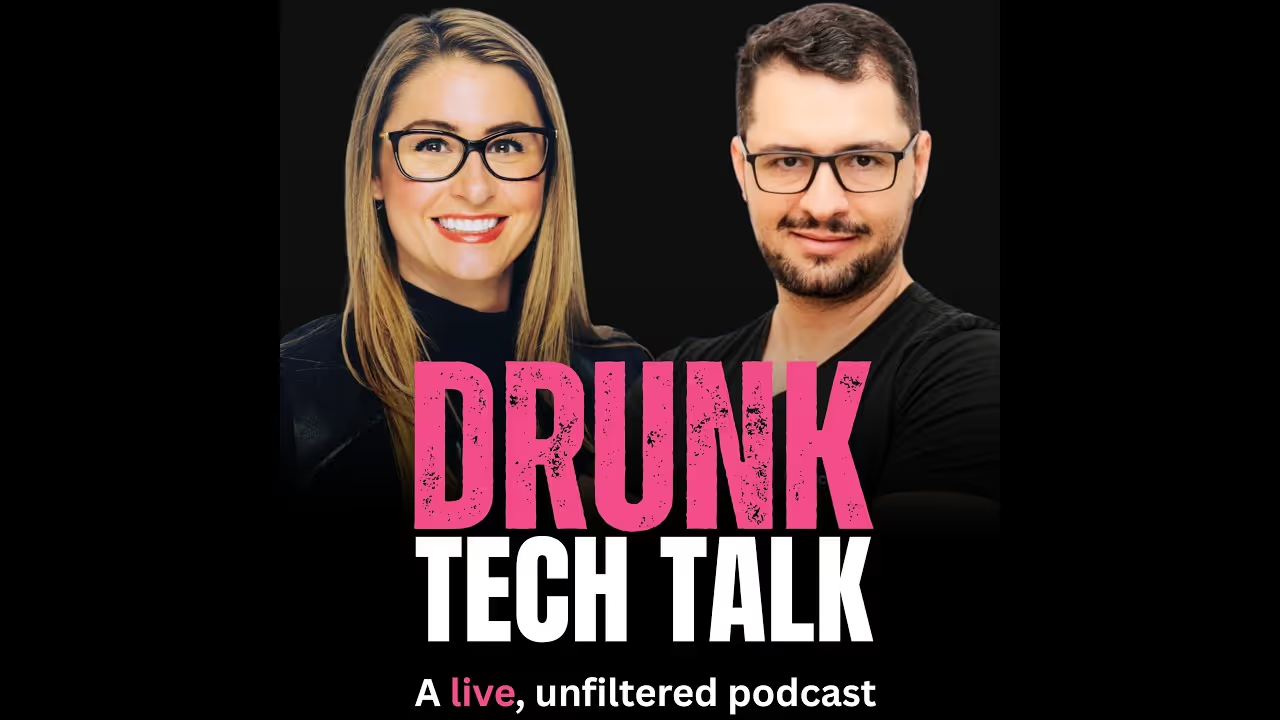
FAQs
What are the best alternatives to a minimum viable product?
When should I build an MLP instead of an MVP?
How is a minimum marketable product (MMP) different from an MVP?
Is SLC (Simple, Lovable, Complete) better than MVP for startups?
Can I use prototypes instead of building an MVP?
Which MVP alternative is best for early-stage founders?





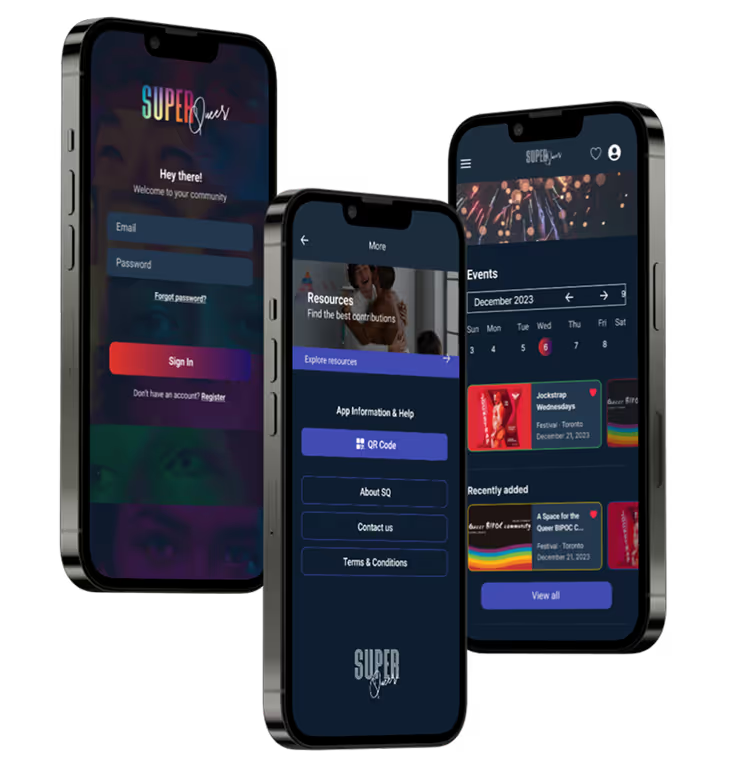

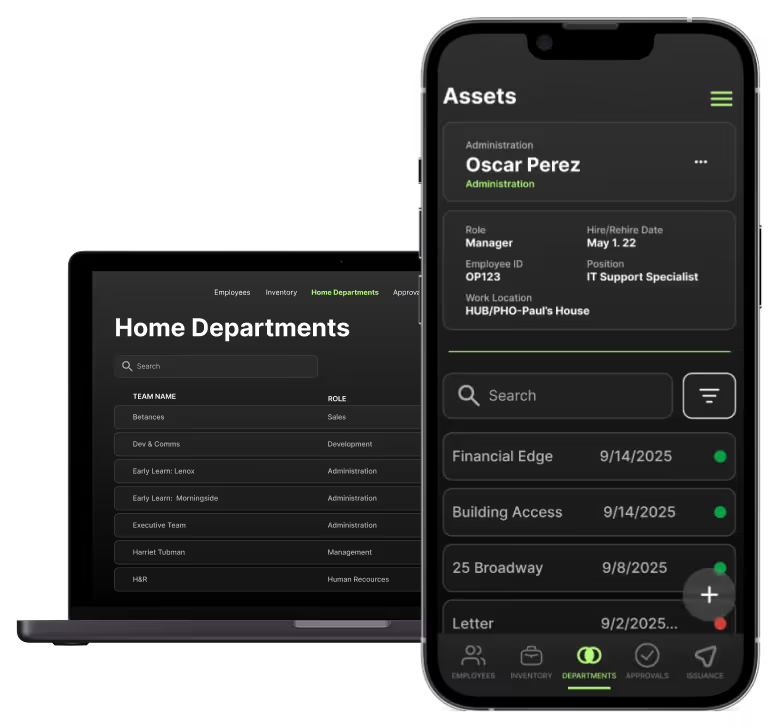
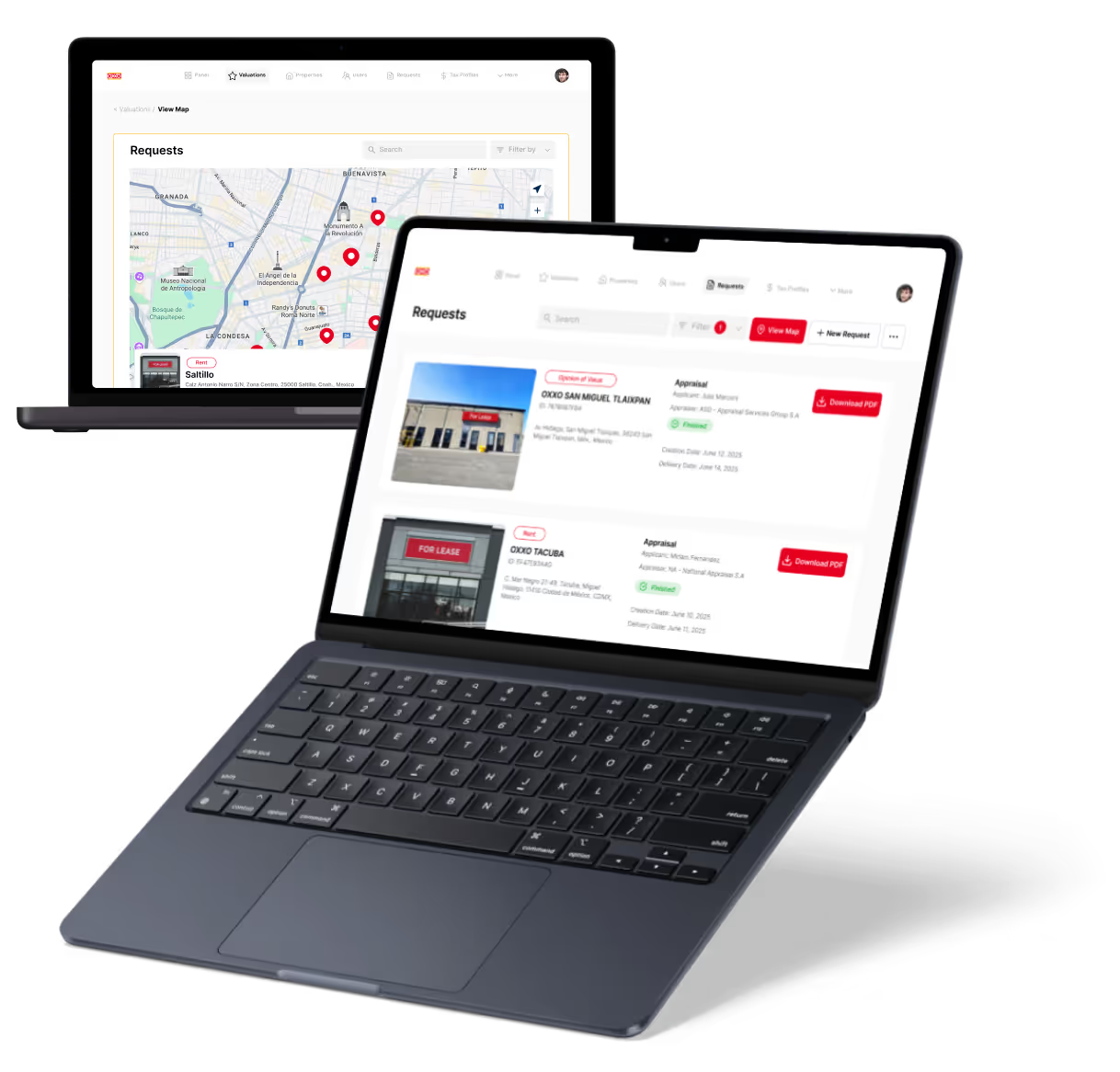
%20(Custom).avif)




